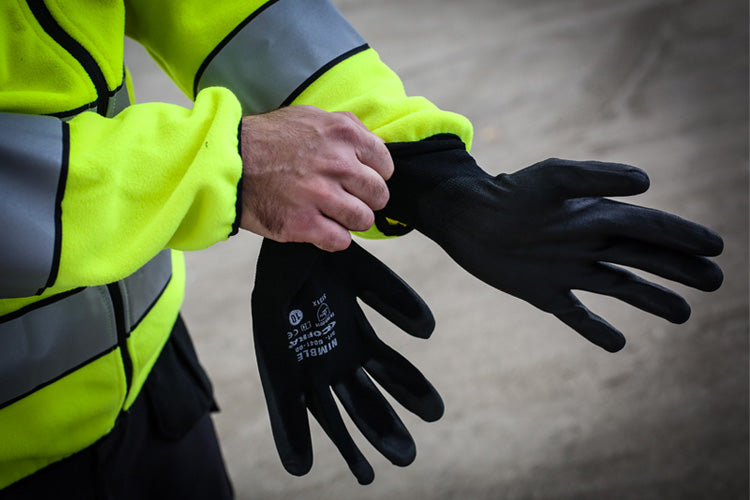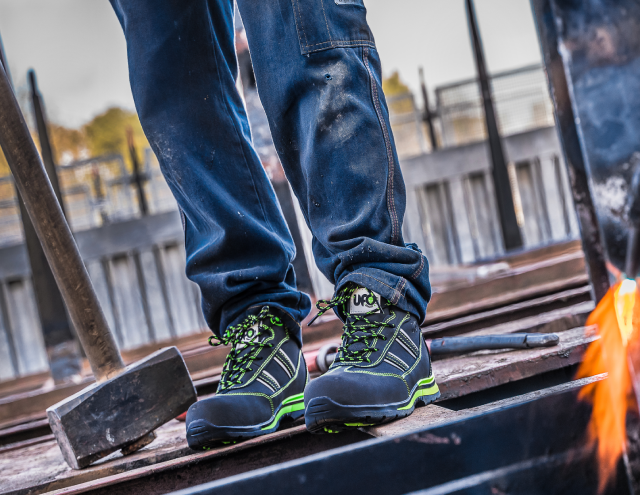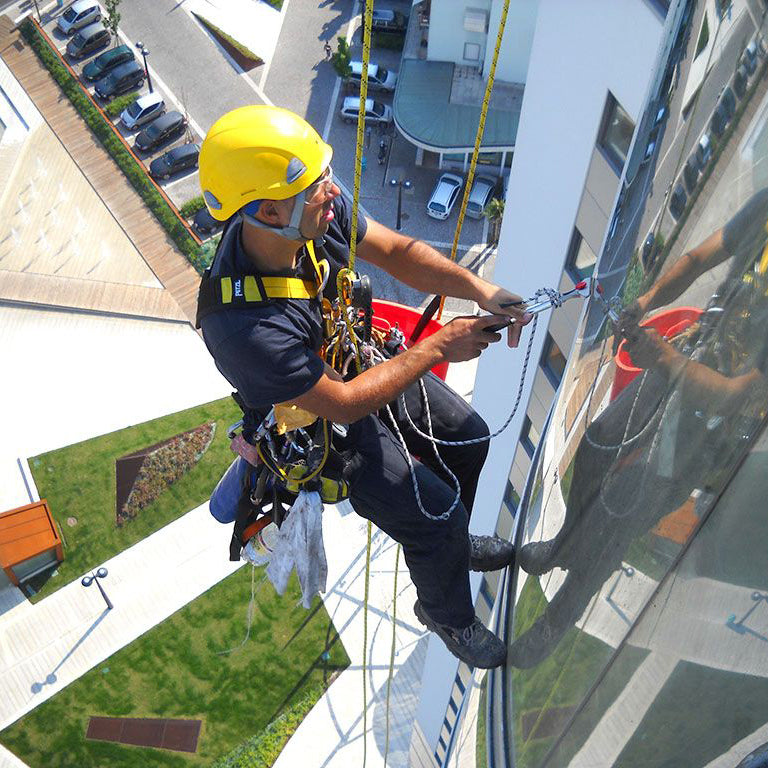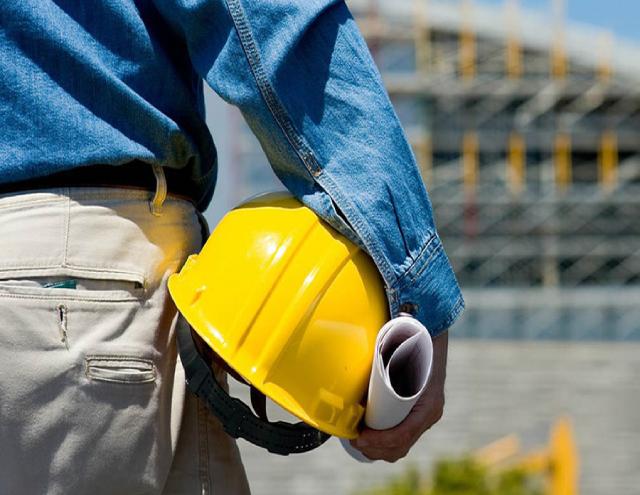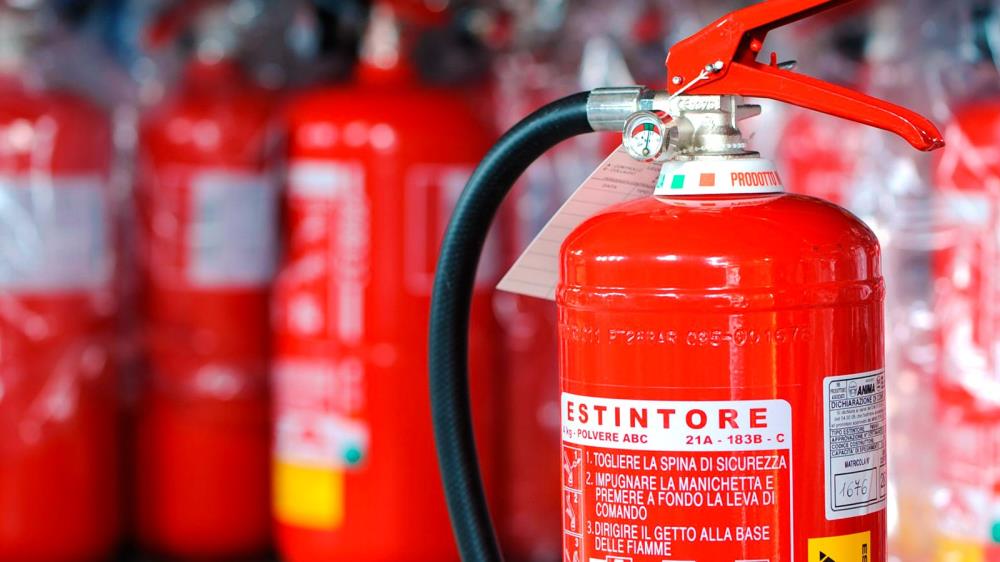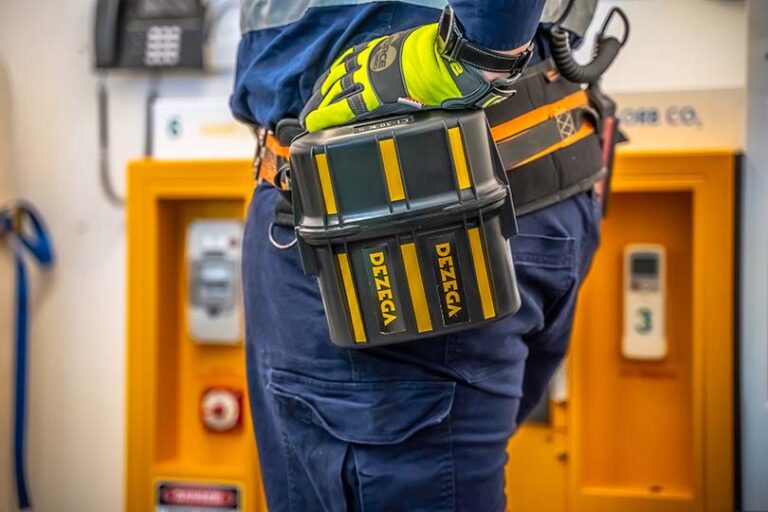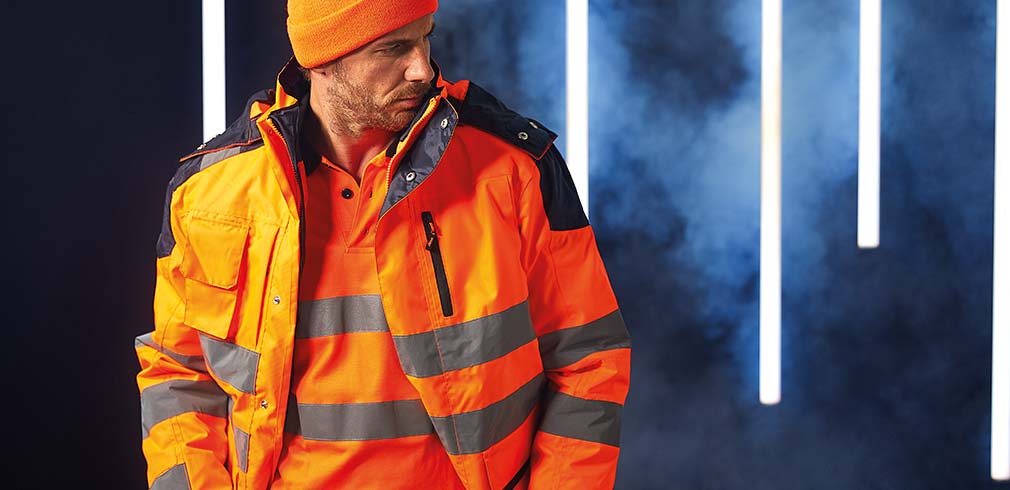Quite often, situations arise when it is necessary to weld a metal product, but there is no equipment necessary for electric welding nearby. In such cases, there is only one way out, and that is gas welding.
As you know, welding a metal part is accompanied by its melting. The required melting temperature can be achieved by burning acetylene in an oxygen environment. Also, in addition to acetylene, propane, butane, propane-butane mixture is also used. Gasoline or lighting kerosene can be used for gas welding, but the temperature of their combustion is much lower.
Some welders also use hydrogen in the welding process but this is too expensive. The gas welding process requires oxygen, as plain air is not suitable for this type of welding.
Gas welding is characterized by smooth and slow heating of a metal part.
Main applications for welding :
steel with a thickness of 0.2 mm to 5.0 mm (since the metal heating process is very slow, therefore the productivity is reduced);
- non-ferrous metals;
- tool steels requiring gradual gentle heating and slow cooling;
- cast iron and some special steels that require preheating during welding.
Gas welding is widely used in repair work and hard welding. With the help of gas welding, pipes can be welded in tight spaces, as well as very thin parts.
On the advantages and disadvantages of gas welding
Professionals:
- fairly simple welding process;
- weldable in all spatial positions;
- thin metal can be welded;
- non-ferrous metals can be welded and welded;
- molar autonomy of the welding process.
Disadvantages:
- poor performance;
- sufficiently high heating of the welded part;
- the high cost of the welding process;
- very low mobility.


